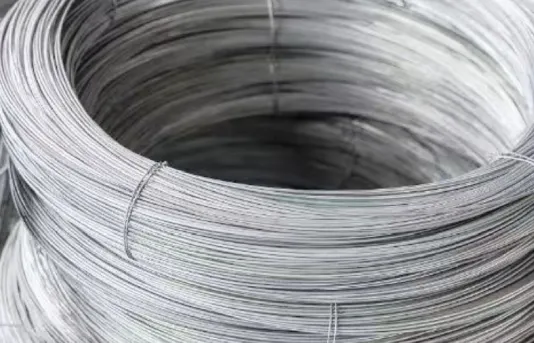-
 Phone:
Phone: -
 Email:
Email:

Understanding the Uses and Benefits of Concrete Tie Wire in Construction Projects
Understanding Concrete Tie Wire The Backbone of Reinforcement
Concrete tie wire is an essential component in the construction and reinforcement of concrete structures. It plays a vital role in ensuring the integrity and durability of various projects, from bridges and buildings to roads and foundations. As we delve into the nuances of concrete tie wire, we uncover its significance, applications, and the factors that make it a preferred choice among construction professionals.
What is Concrete Tie Wire?
Concrete tie wire is typically made from high-quality steel, which lends it the strength and flexibility needed for effective tying and binding. The primary purpose of this wire is to hold together rebar (reinforcing bars) in concrete formwork during the pouring process. Unlike standard wires that might be used for lighter applications, concrete tie wire is specifically designed to withstand the heavy stresses associated with concrete construction.
Applications in Construction
The uses of concrete tie wire extend across various construction domains. It is predominantly used in
1. Reinforcement of Concrete Structures Concrete tie wire helps in securing rebar, ensuring that the steel reinforcement remains in the correct position during pouring and curing, ultimately providing increased tensile strength to the concrete.
2. Fencing and Formwork Beyond reinforcements, concrete tie wire is also utilized in fencing applications and constructing formwork systems. It provides the necessary support and stability, preventing the forms from shifting under the weight of wet concrete.
3. Pipe Supports and Hangers In plumbing and HVAC systems, concrete tie wire is often employed to create supports and hangers for pipes, ensuring they remain securely fastened in place.
4. Miscellaneous Applications From securing various building materials to crafting intricate designs in decorative concrete work, the versatility of concrete tie wire proves invaluable across multiple facets of construction.
Properties and Advantages
concrete tie wire

Concrete tie wire is favored for its unique properties, which include
- High Tensile Strength The wire is engineered to handle significant loads, providing reliable support under extreme conditions. - Flexibility Its malleable nature allows for easy manipulation and binding, making it user-friendly for construction workers.
- Corrosion Resistance Many concrete tie wires are coated to resist corrosion, extending their lifespan and ensuring durability in various environmental conditions.
- Cost-Effectiveness Compared to other binding materials, concrete tie wire presents a cost-effective solution without compromising safety and structural integrity.
Best Practices for Use
To maximize the effectiveness of concrete tie wire, several best practices should be observed
- Proper Tensioning Ensure the wire is adequately tensioned to securely hold the rebar without being overly tight, which can lead to wire breakage or rebar displacement during the concrete pour.
- Cutting Techniques Use appropriate tools for cutting the wire to avoid fraying, as well-preserved ends will enhance the quality of the bind.
- Safety Procedures Following safety protocols while handling concrete tie wire is crucial. Protective gear should be worn to prevent injuries from sharp wire ends.
Conclusion
In summary, concrete tie wire is more than just a binding agent; it is a fundamental element that underpins the stability and longevity of concrete structures. Its applications across various construction zones, combined with its robust properties, make it an indispensable tool for builders and contractors alike. As the industry continues to evolve, the importance of quality materials like concrete tie wire will remain critical in shaping a resilient infrastructure that stands the test of time. Understanding and using this essential resource effectively is key to successful construction operations.
-
Wire Mesh for Every Need: A Practical SolutionNewsJul.25,2025
-
Steel Fences: Durable, Secure, and Stylish OptionsNewsJul.25,2025
-
Roll Top Fencing: A Smart Solution for Safety and SecurityNewsJul.25,2025
-
Cattle Farm Fencing Solutions for Maximum SecurityNewsJul.25,2025
-
Affordable Iron Binding Wire SolutionsNewsJul.25,2025
-
Affordable Galvanized Wire SolutionsNewsJul.25,2025
-
Wire Hanger Recycling IdeasNewsJul.25,2025








